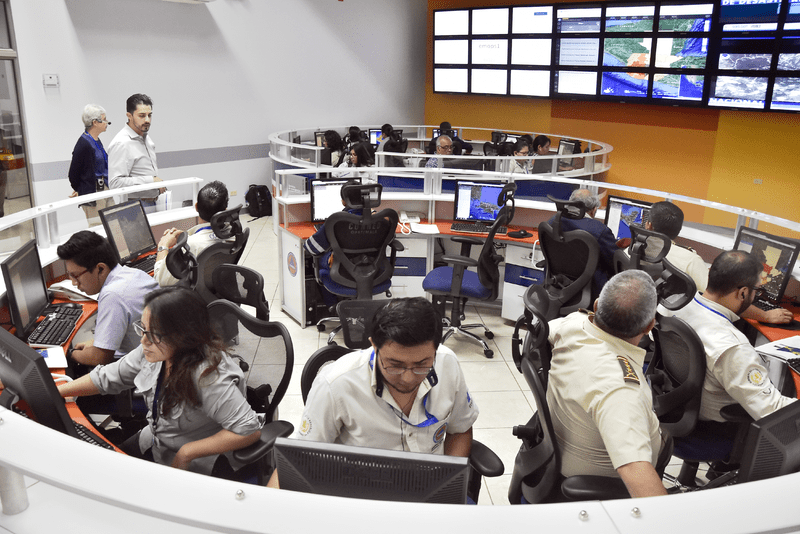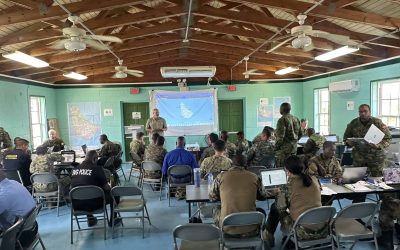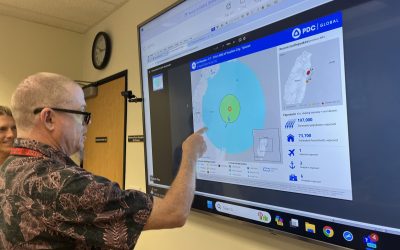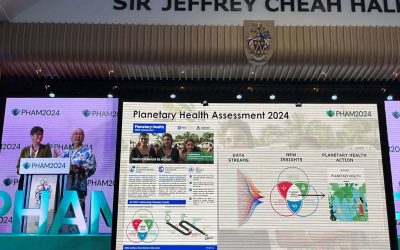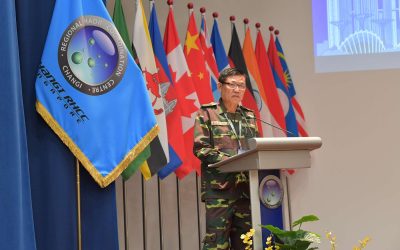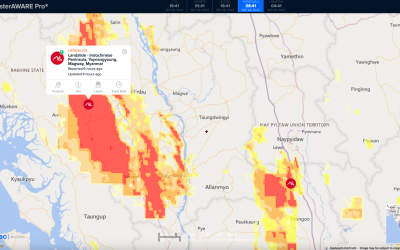Guatemala’s July eruption of the Volcano of Fire marks its sixth major eruption of 2017, during which time thePacific Disaster Center (PDC) and other national agencies finalize assessment and new tools to help make better decisions faster.
Home to three dangerous volcanoes, frequent earthquakes, hurricanes, floods, and landslides, Guatemala is one of the most populous and economically developed countries in Central America, yet despite its economic strength it remains one of the most disaster-prone countries in the world. Densely populated urban areas, as well as more vulnerable, hard-to-access rural communities are both exposed to extreme hazards—making disaster preparedness and response a significant challenge throughout the country. Furthermore, Guatemala’s richly diverse cultural makeup, which represents more than 20 distinct languages and indigenous dialects, complicates efforts to reach communities with important disaster preparedness information.
To tackle these challenges, the Government of Guatemala is undertaking many new initiatives including the recent partnership with PDC to provide scientific data, decision-support tools, and a five-year action plan to increase disaster resilience through its National Disaster Preparedness Baseline Assessment (NDPBA) program. Other significant steps being taken by the country include the construction of a new emergency operations headquarters and the adoption of policies to incorporate disaster risk into the national planning and development agenda.
“PDC’s National Disaster Preparedness Baseline Assessment is a tool that is being utilized by countries throughout the world to help accomplish international priorities outlined by the UN Sendai Framework for Disaster Risk Reduction. With so much at stake, we are honored to be a part of this effort to aid decision making and humanitarian assistance, and to help create a safer Guatemala,” said PDC’s Director of Disaster Services, Dr. Erin Hughey of the more-than-year-long collaborative project.
Guatemala’s national disaster management agency—CONRED—plays a vital role in the partnership with PDC, connecting stakeholders from private industry, academia, government, first response, and humanitarian assistance sectors in data collection and cooperative efforts countrywide. Working with PDC to combine information from across sectors into its powerful decision support system, DisasterAWARE, different ministries and stakeholders now have access to the same assessment data, all in one place, through a web-based interface that encourages information sharing and collaboration between agencies. The DisasterAWARE platform also visualizes assessment data to support quick decision making and provide tools for impact and loss estimation, risk evaluation, early warning, and global multi-hazard monitoring.
“There is a lot of information that we can work with, mixing it with the information provided by INFORM and other platforms in the region to improve and be more accurate not only about forecasts, but about where we can act and what resources are available everywhere,” said Paul Ugarte, CONRED Special Advisor to the Executive Secretary.
Further explaining the value of the program, Manolo Barillas, National Disaster Response Advisor of the United Nations System of Guatemala said, “I see it is going to be a very important tool for planning and response. In moments of response, we enable a situation room in the World Food Program office where we have all the technological equipment to analyze the situation and make decisions, and surely from now on, this PDC platform will be in our situation room.”
As PDC’s final workshop of the NDBPA with Guatemala comes to completion, both parties have signed a memorandum of understanding to continue their collaboration well into the future. Hazards will continue to advance along their natural path, and with new information and tools at the fingertips of decision makers, Guatemala will be able to develop plans of action that will have an even greater impact in protecting communities throughout the nation from disasters.
For more information about PDC and the National Disaster Preparedness Baseline Assessment, visit www.pdc.org.

